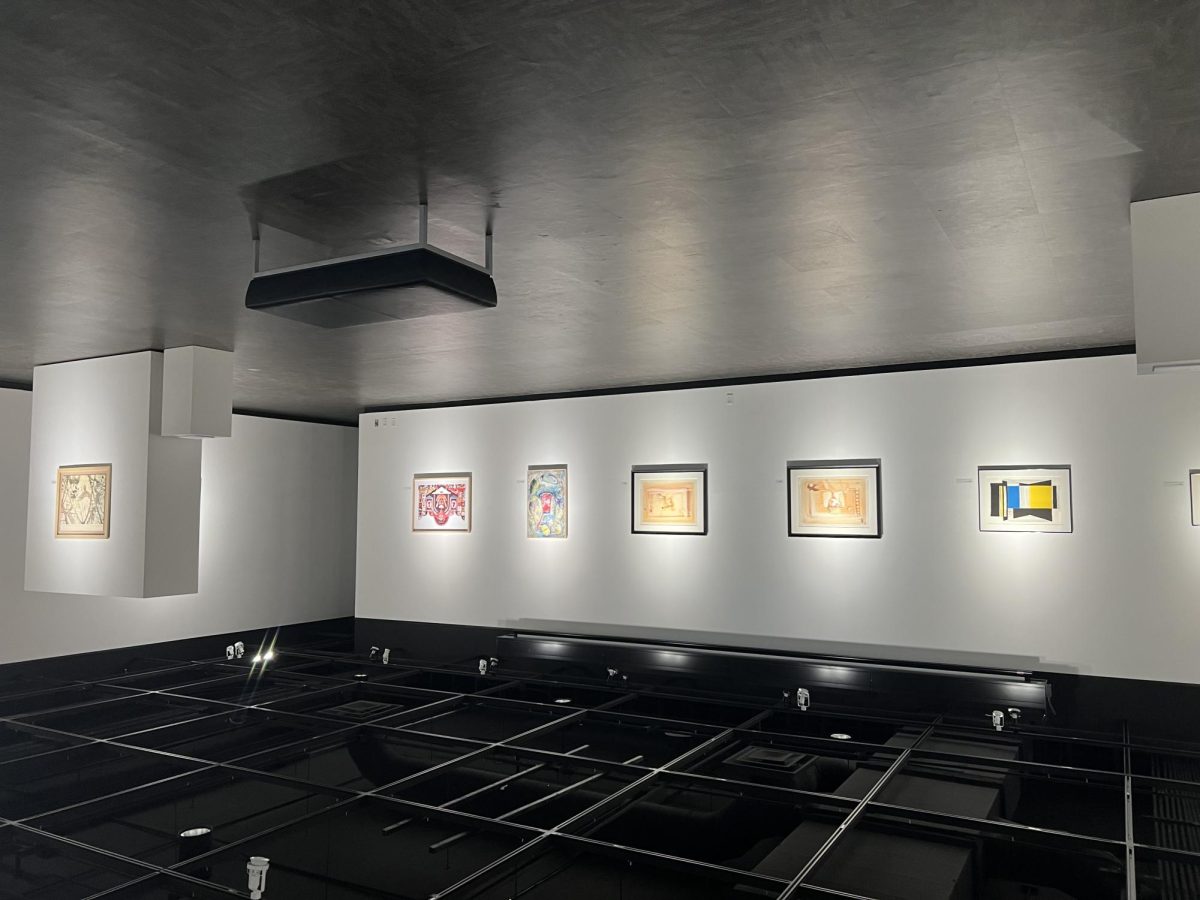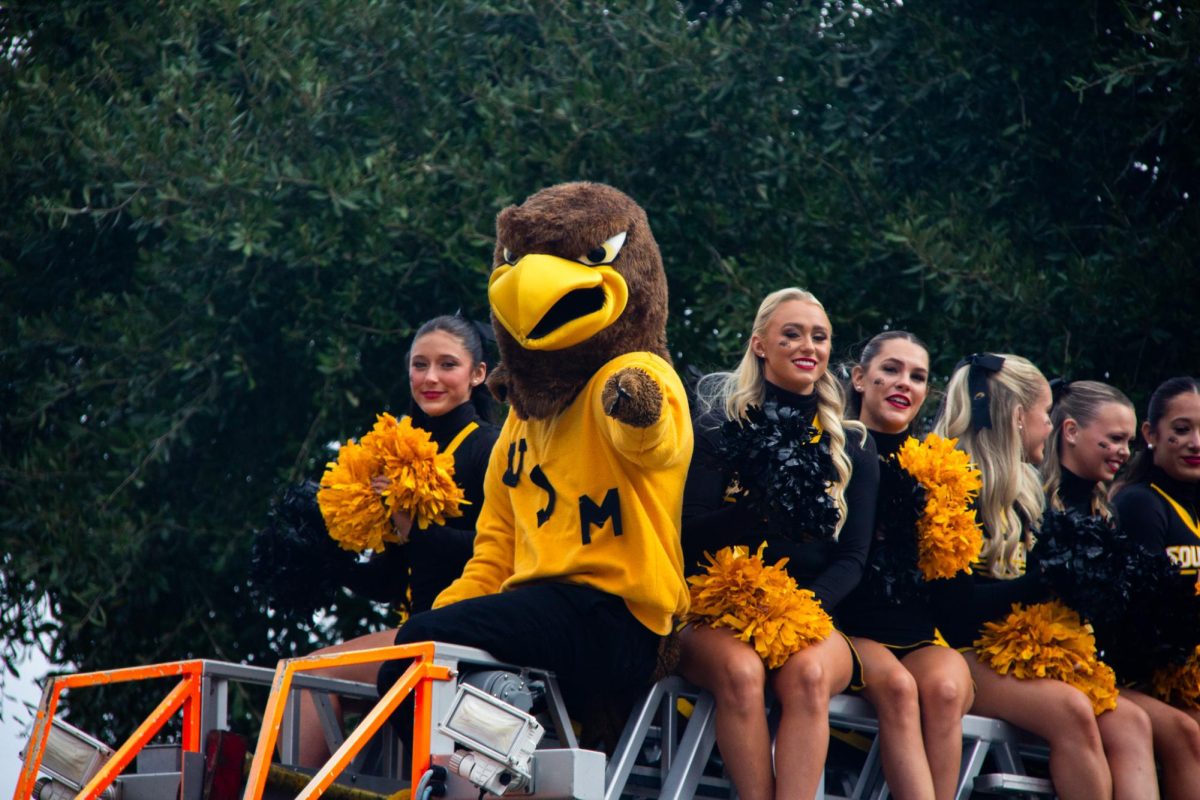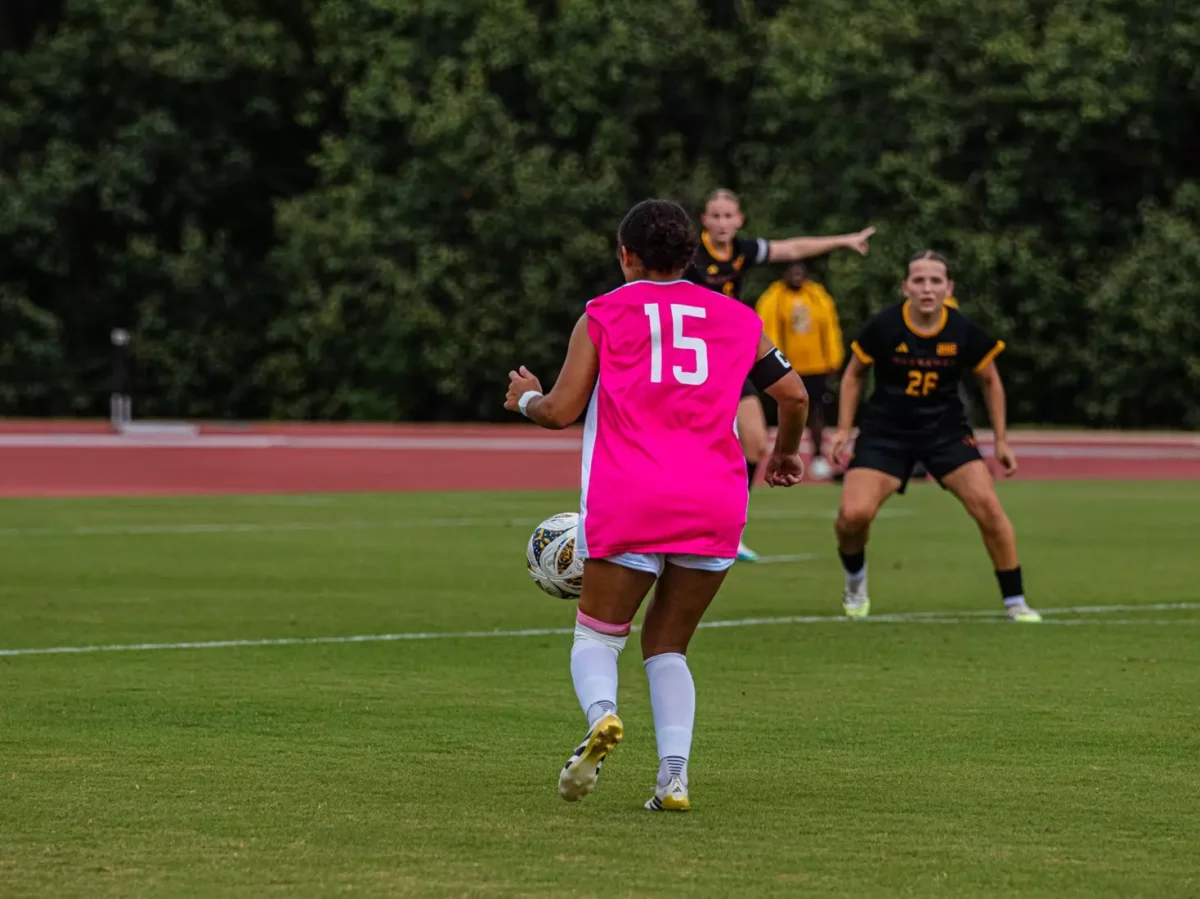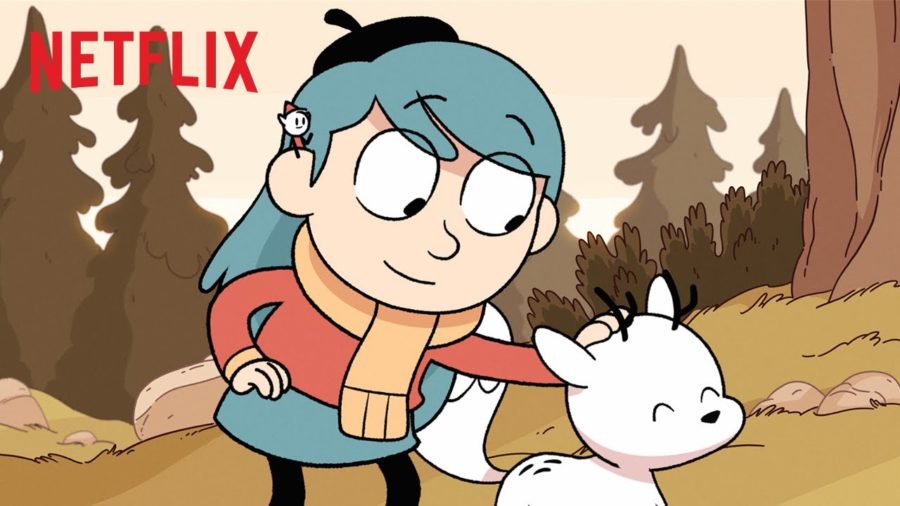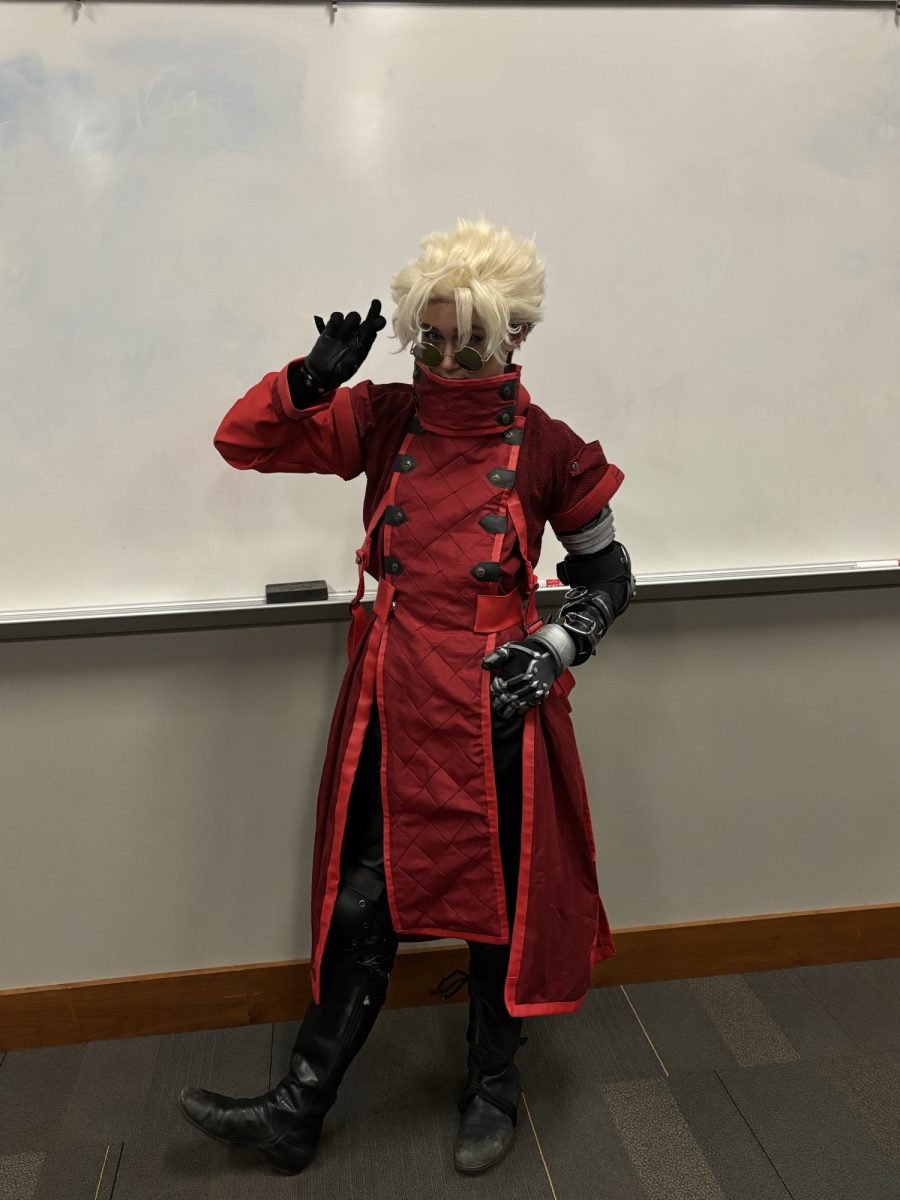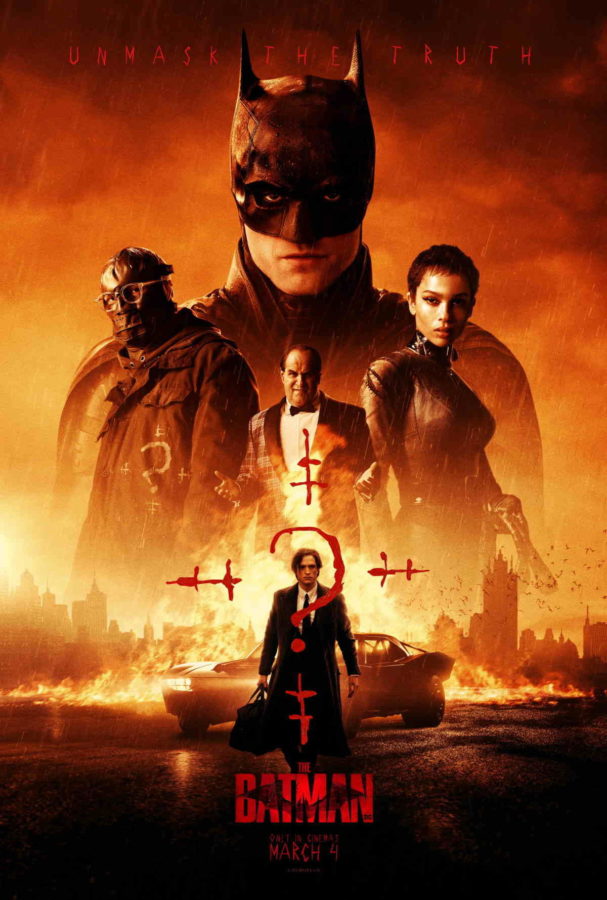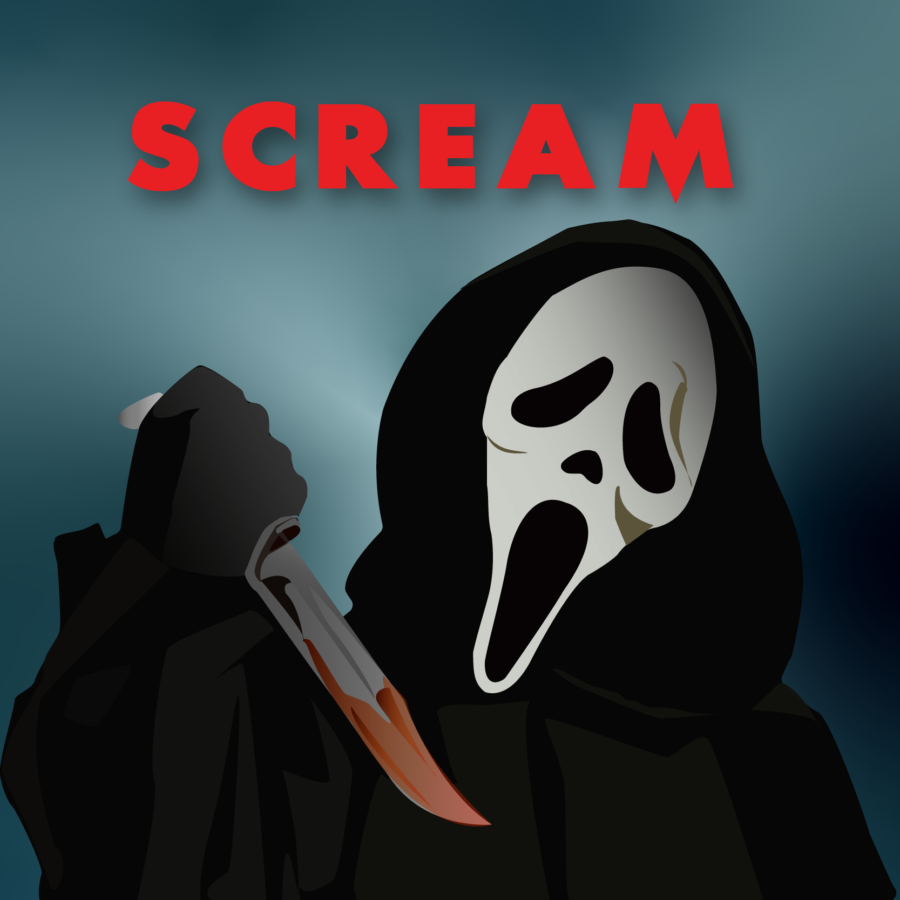Adding to its stock of quality original content, Netflix recently released “Hilda,” an animated television series that tells the story of an adventurous, young girl interacting with and coming to understand the world, one life lesson at a time.
The star of the show is its titular character, Hilda, a curious girl who likes to make friends and tries her best to do the right thing, no matter the consequences—which tends to place her and her friends in the middle of some fantastical and potentially dangerous situations.
“Hilda” is set in a world that is modeled after late 20th century Scandinavia. The settings viewers get to experience include the wilderness, which encompasses forests and grassy hills and whatnot, and the city of Trolberg, which reflects urban life from the time. The characters use corded phones and other examples of technology available at the time period. The open land and older technology help provide a tone of simplicity for the show, which I believe reflects the childlike innocence that is present in the series.
At the beginning of the series, Hilda is living in a cabin set out in the wilderness with her “Mum” and her pet deer-fox, Twig. The wilderness houses an array of supernatural creatures, both friendly and otherwise. Hilda spends the majority of her young life up to this point sketching, befriending, and learning about as many of these creatures as possible, thereby leading audiences to understand her curious nature at the onset.
Through a series of events that resulted from Hilda’s adventuring, Hilda is forced to move from her house in the wilderness to the Trolberg, which is surrounded by a wall to keep out dangerous creatures. Hilda, who is used to rural living and has had limited experiencing interacting with other humans, is forced to adjust to urban living, along with the other challenges living in a human society entails.
Accompanying Hilda on her adventures are Frida and David, two human children Hilda befriends when she joins the “Sparrow Scouts,” and Alfur, a tiny elf that she met while living in the wilderness who has come to live with Hilda in Trolberg.
Each episode features an eventful adventure that ultimately helps teach Hilda a life lesson. From avoiding shortcuts in life to dealing with peer pressure, “Hilda” engages with these concepts in a way that is not too on-the-nose and is ultimately very pleasant.
The art style for the animation is very simple. Lacking a copious amount of details, the artwork depicts the characters using round edges, dark outlines and occasionally dots for their eyes. This approach seems intentional. By giving the art a simple style, viewers are not especially distracted by it and can spend more time processing the life lessons the show presents. Besides, while the art may seem simple, the characters and the landscapes are still quite charming.
One of the highlights for me, though, was the rich characterization. Each character possesses identifiable character traits that are consistently used throughout the show. Hilda is adventurous and straightforward. Frida is a highly organized planner. David is cautious but brave. And Alfur loves contracts and paperwork. Each character goes through developmental arcs, personal crises that they overcome to grow as characters and as people.
Not only do the characters show distinct traits on an individual level, “Hilda” illustrates realistic and sincere relationships between characters. Hilda has a strong, loving and respectful relationship with her mother. Oftentimes in cartoons, I am used to parents being depicted as “dumb” or otherwise unrealistically depicted. Hilda’s mother is depicted as a genuine person. She tries to understand her daughter and guide her through life. She sometimes makes mistakes, but she owns up to them and does her best to make sure Hilda understands right from wrong.
All-in-all, “Hilda” is a show that can be enjoyed by children and adults alike. It presents fun and purposeful stories as well as likeable characters that are sure to give viewers a pleasant sense of wonder.

